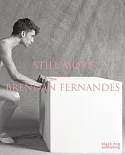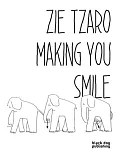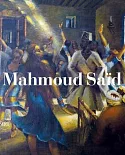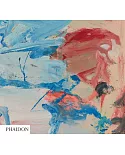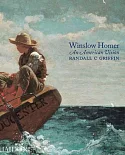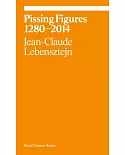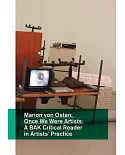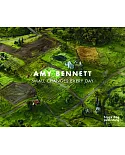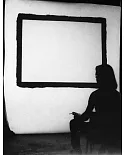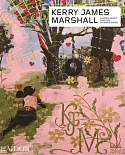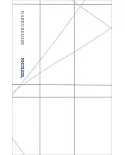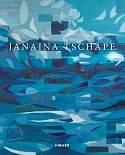In May of 1937, Brigham Young University took possession of 85 paintings and drawings by Maynard Dixon, the groundbreaking artist whose images of the American west--created during long
travels and lengthy residences with Native American communities--remain some of the most genuine work in Western Art as a genre. This book, lavishly illustrated with expansive color plates,
centers on four texts examining very different topics. Gibbs begins with an account of the Dixon collection at BYU, then moves to a pair of essays exploring the reality, ideology, and
abstraction at work in his images of Native Americans and the western landscape. In the final essay, photo historian Deborah Brown Rasiel grapples with the complex artistic influences at play
between Dixon and his second wife, photographer Dorothea Lange. The resulting volume serves wonderfully as a visual, historical, and analytical history of an all-too-frequently overlooked
artist.


